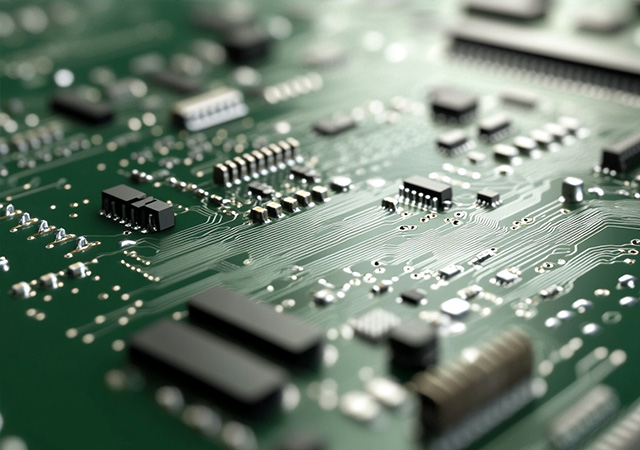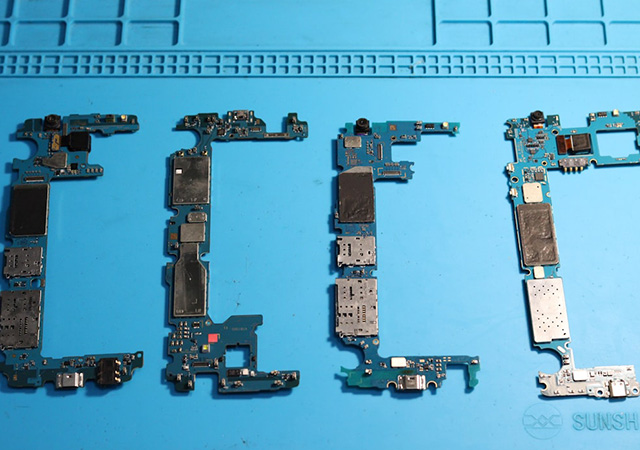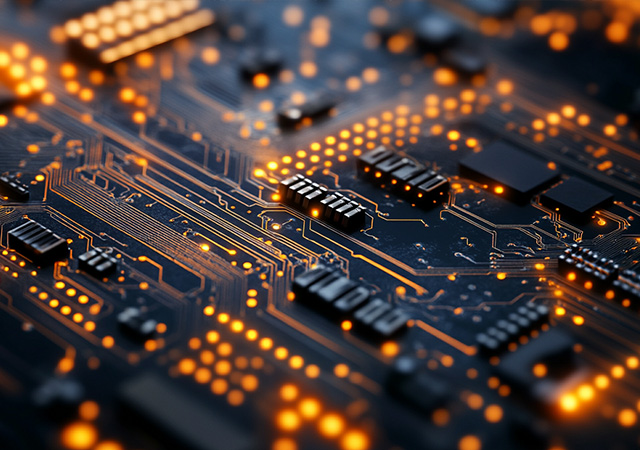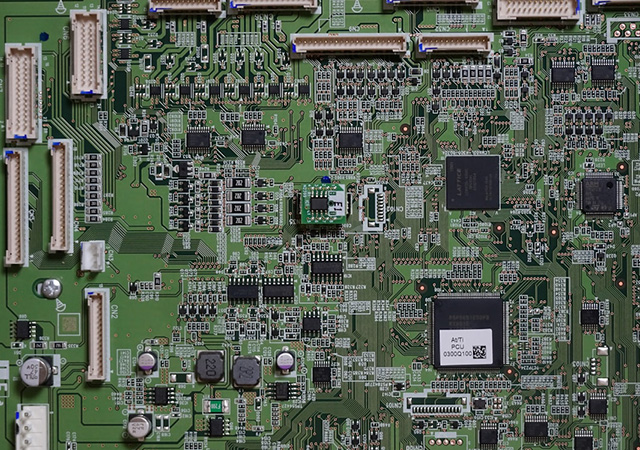-
- PCB TYPE
- PRINTED CIRCUIT BOARD PROTOTYPE ALUMINUM PRINTED CIRCUIT BOARD R&F PCB FPC HIGH FREQUENCY PCB HIGH-TG PCB HEAVY COPPER PCB HDI PCB PCB FOR LIGHTING METAL CORE PCB

Find the best 3mm counterbore PCB manufacturer to ensure quality and precision. Discover benefits of counterbore holes and reliable PCB manufacturing solutions.

Find the perfect PCB manufacturer for custom PCB and assembly needs. Prioritize quality, cost, and expertise to ensure timely, top-notch electronic projects.

Discover how a leading countersink holes PCB manufacturer utilizes advanced techniques to enhance PCB design, aesthetics, and structural integrity.

Discover expert countersink holes PCB manufacturing in China. Learn the process, benefits, and how to select the right factory for efficient, cost-effective production.

Discover top-tier precision countersink PCB manufacturing, ensuring enhanced aesthetics, mechanical stability, and space optimization for cutting-edge devices.

Got project ready to assembly? Contact us: info@apollopcb.com



We're not around but we still want to hear from you! Leave us a note:

Leave Message to APOLLOPCB
